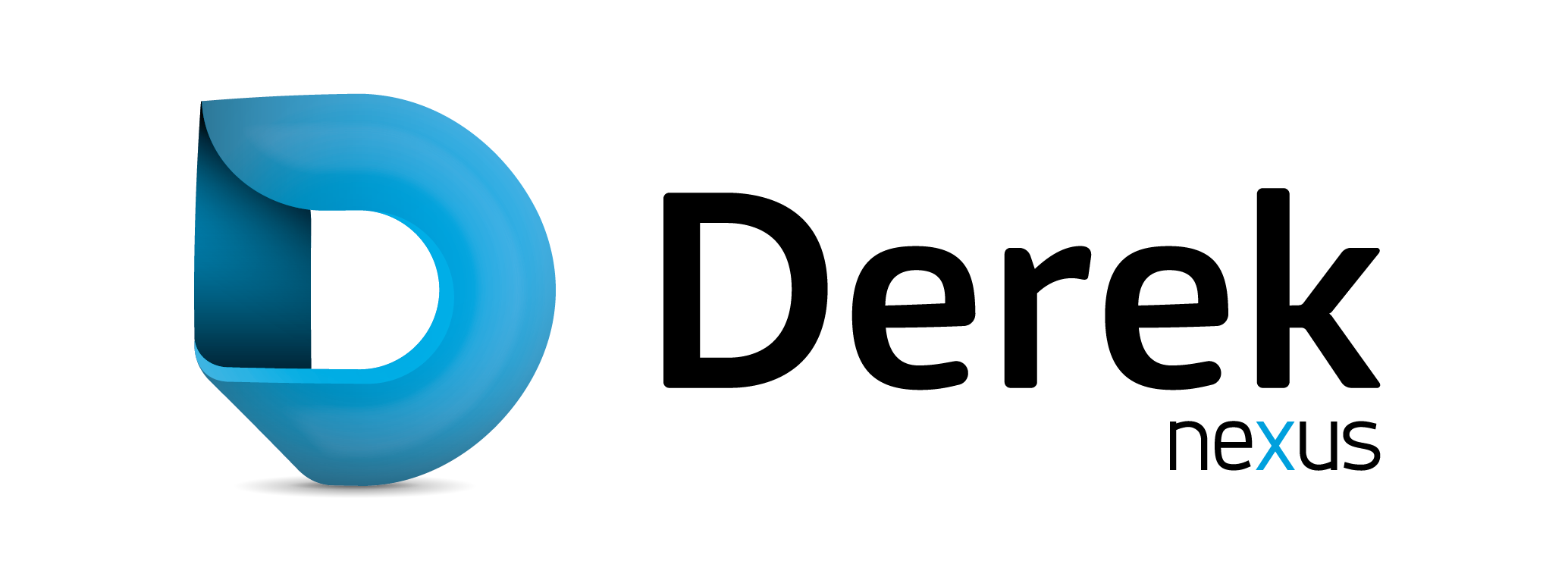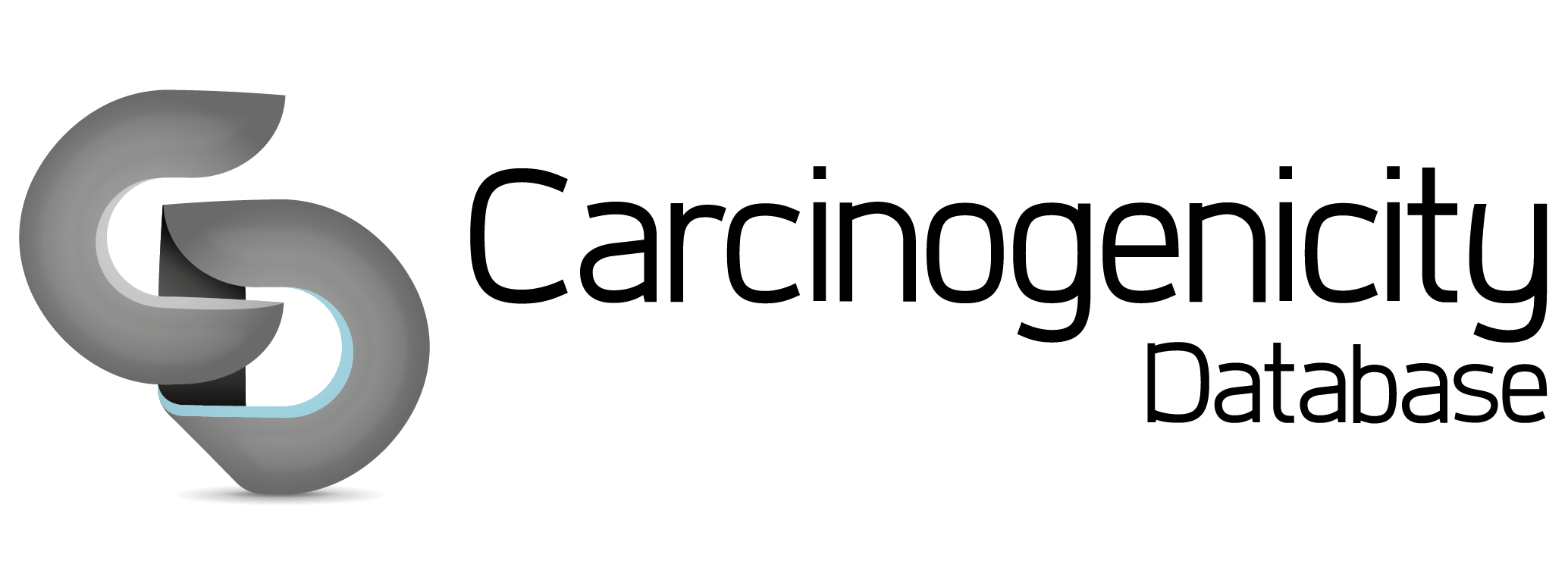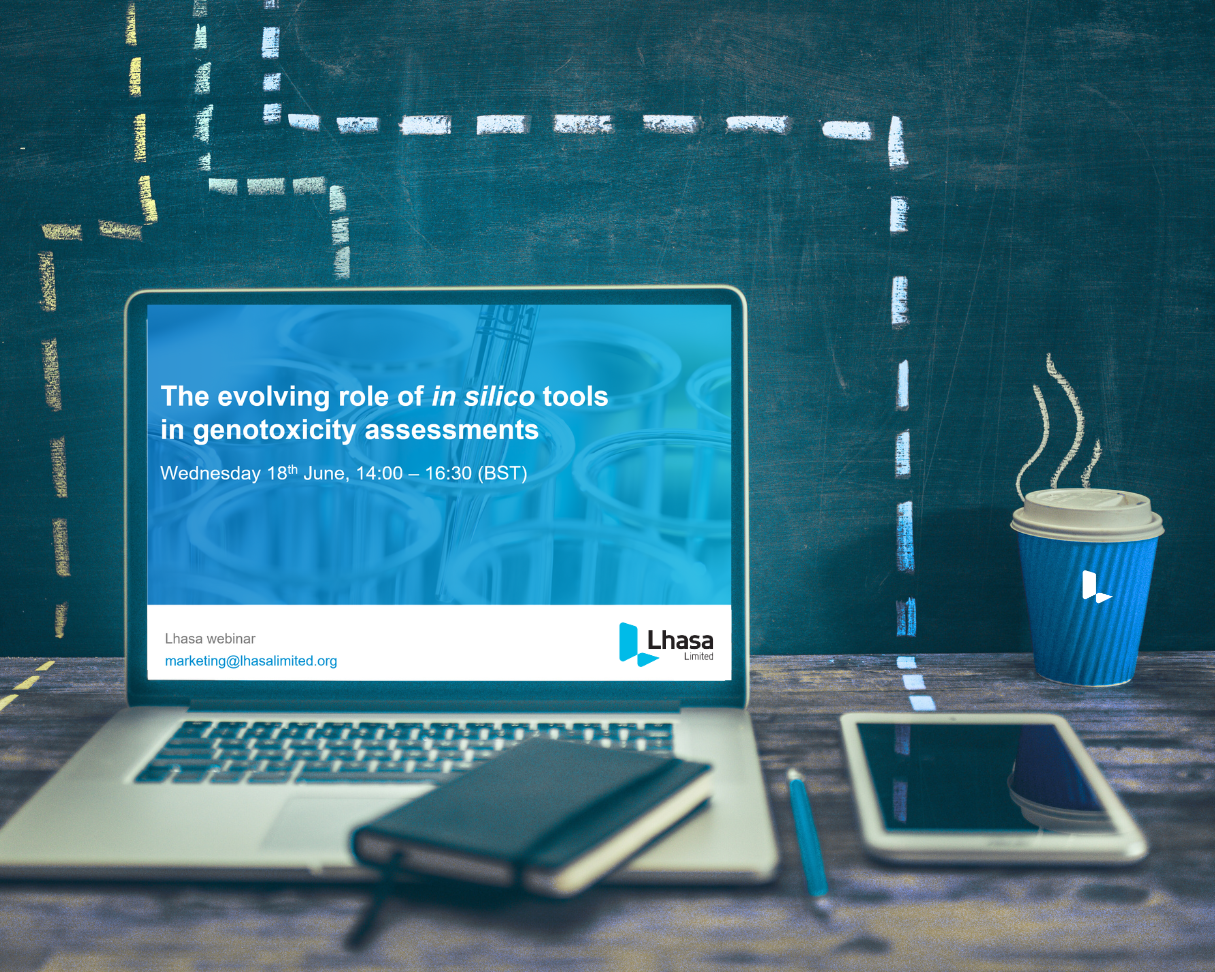Nitrosamine impurity risk assessment
The discovery of N-Nitrosamine impurities, both small process impurities and nitrosamine drug substance-related impurities (NDSRIs), in marketed pharmaceuticals has led to a requirement for further investigation into nitrosamine formation potential and their mutagenic and carcinogenic activity.
An update to regulatory requirements resulted in Marketing Authorisation Holders (MAHs) for human medicines, containing chemically synthesised active substances, having to review their medicines for the possible presence of nitrosamines and test all products at risk.

Mirabilis is a risk assessment tool to assist with the management of your mutagenic impurities. Use Mirabilis to access carry-over risk for potentially mutagenic impurities in drug substance synthesis.
Mirabilis highlights
Calculate purge factors for potentially mutagenic impurities (PMIs), including nitrosamines
An industry-standardised approach for calculating purge factors for potentially mutagenic impurities (PMIs) in a synthetic route.
Assess amine carry-over risk and de-risk formation
Mirabilis now also considers purge of secondary amines to aid understanding (and de-risking) of amine carryover. Purge arguments can aid assessment of whether amines and nitrosating agents are likely to come together in sufficient levels to pose a genuine risk of formation. This approach may sufficiently de-risk formation, or guide future experiments or process changes to demonstrate control.
Identify stages with nitrosamine formation risk
Identify potential sources of nitrosamine formation and subsequently develop a control strategy. Mirabilis utilises information surrounding conditions and structural features present within each reaction stage of the drug synthesis to predict where a nitrosamine formation risk could exist.

Zeneth delivers degradation predictions quickly for a variety of forced degradation conditions, whilst considering the effect of excipients and impurities on your organic compound.
Zeneth highlights
Predict for nitrosating pathways
Our forced degradation pathway tool can predict for nitrosating pathways, allowing the potential formation of nitrosamines as degradation products to be identified.
Inform future decision-making around experiment and excipient selection
Zeneth has been used within exploratory formulation departments to understand and account for potential degradation problems within the API at an early stage, resulting in advanced understanding of possible degradants.
Access information derived from a range of sources
Contains expert curated, high-quality, peer-reviewed data from both published and unpublished sources.


Derek Nexus and Sarah Nexus can help you to assess the carcinogenic risk associated with your N-Nitrosamines through (Q)SAR predictions.
Derek Nexus & Sarah Nexus highlights
Determine the level of toxicological risk posed using Derek Nexus
Derek Nexus uses expert derived structural alerts (2D SARs), including alerts for nitrosamine genotoxicity and carcinogenicity. Detailed alert comments discuss observed results for nitrosamines, proposed mechanisms of action and structural features expected to affect carcinogenic potency. Derek Nexus predictions also include an assessment of the regulatory carcinogenic potency categorisation approach (CPCA) for nitrosamines.
Compare Ames mutagenicity using Sarah Nexus
Providing Ames mutagenicity predictions, Sarah Nexus utilises a machine-learned, self-organising hypothesis network (SOHN) methodology. Relevant examples from the training set that were used to generate the prediction are displayed alongside the query, including data for nitrosamines. Ames test results in individual Ames strains is included to support read-across and investigation of potential activity.
Enhance expert review assessment for ICH M7
A simple one-click method combines predictions made by Derek Nexus and Sarah Nexus to provide an overall ICH M7 prediction alongside semi-automated expert review arguments aimed to make expert review more effective and efficient. Specifically for nitrosamines, some arguments are suggested which can aid understanding their mechanism of mutagenicity and potency as well.
Alerts are fired when a compound is in the cohort of concern
A flag to alert the reviewer when a compound is expected to be in a “cohort of concern” (CoC) is included within the ICH M7 prediction. As well as the CPCA prediction result for nitrosamines, some arguments are suggested which can aid understanding their mechanism of mutagenicity and potency.

Vitic is a structure-searchable toxicity database and information management system, comprising of carcinogenicity study records and nitrosamine data. Vitic can help you to retrieve existing data available for your compound.
Vitic highlights
Retrieve in vitro genotoxicity study records for nitrosamines
Access a breadth of nitrosamine data, including Ames data and rodent carcinogenicity data.
Collaborate with industry experts through data sharing
Different data sharing initiatives allow the industry to optimise their nitrosamine risk assessments, by sharing data on nitrite levels in different materials such as excipients, and mutagenicity data on structurally-complex nitrosamines. These consortia avoid the need for duplicate testing and allow members to exchange knowledge with other industry experts through recurrent consortium meetings.
Minimise the need for unnecessary testing
Benefit from rapid access to high-quality toxicity data, minimising the need to carry out unnecessary testing in your drug development process.

The Lhasa Carcinogenicity Database (LCDB) is a free to access resource containing the results of animal cancer tests, which can be used to support your nitrosamine risk assessment.
LCDB highlights
Comprehensive coverage of carcinogenicity data for N-Nitrosamines
The LCDB contains carcinogenicity data for nitrosamines, of which include Lhasa TD50 values as well as the original Gold TD50 values from the now-decommissioned Carcinogenic Potency Database (CPDB) by Gold et al.
Structure searchable
Easily build complex queries around structures and associated data, which allows for the retrieval of specific information, aiding decision support and improving productivity.
Support your nitrosamine risk assessment
Access carcinogenicity potency data and long-term carcinogenicity study data to facilitate your nitrosamine risk assessment.

Acrostic will support decision making when defining acceptable intake (AI) limits for novel, untested nitrosamines, using a read-across approach.
Acrostic highlights
Facilitate decision-making when determining AI limits for nitrosamines
Draw upon structural features proposed in a number of recent Lhasa publications to define carcinogenic potency levels for NDSRIs:
- What Makes a Potent Nitrosamine? Statistical Validation of Expert-Derived Structure-Activity Relationships,
- Developing structure-activity relationships for N-nitrosamine activity
- Are all nitrosamines concerning? A review of mutagenicity and carcinogenicity data
These papers are cited as pivotal research in the same regulatory guidance that recommends the use of read-across for identifying appropriate surrogates to determine AI limits for NDSRIs.
Integrate proprietary in-house data and Lhasa data
Seamlessly retrieve toxicity data from Vitic, carcinogenicity data studies from the Lhasa Carcinogenicity database and in-house data from your organisation. Additionally, Lhasa data sharing members can access consortia data such as complex nitrosamines and intermediates.
Determine suitable analogues and support decision making with expert review
Organise analogue suitability by ranking a subset of categories, including focused similarity, physico-chemical and pharmacokinetic properties. Acrostic supports expert review, suggesting a standard mode of use, but allowing the expert to deviate from this using their judgement and document their reasoning for reviewers to understand.
Regulatory support
ICH M7
The ICH M7 guideline underlines considerations of both safety and quality risk management in establishing levels of mutagenic impurities that are expected to post negligible carcinogenic risk. To help you monitor the presence and risk of nitrosamine impurities, we offer Mirabilis, Zeneth, Derek Nexus, Sarah Nexus, Vitic and the Lhasa Carcinogenicity database.
Related publications
Paper
- May 2025
- Nitrosamine impurity risk assessment
Paper
- May 2025
- Carcinogenicity assessment, Nitrosamine impurity risk assessment
Paper
- Mar 2025
- Impurity and degradant control, Nitrosamine impurity risk assessment
Recent blogs
In a recent Lhasa Limited webinar, experts from BfR (the German Federal Institute for Risk Assessment), Syngenta, and Lhasa came together to …
The Science of Stability (SoS) 2025 conference, recently held in Philadelphia, brought together leading experts from the pharmaceutical industry and academia. Co-hosted by Lhasa Limited and …
The ICH M7(R2) Guideline (2023) continues to recommend the bacterial reverse mutation assay (Ames test), conducted in accordance with OECD 471, as …









